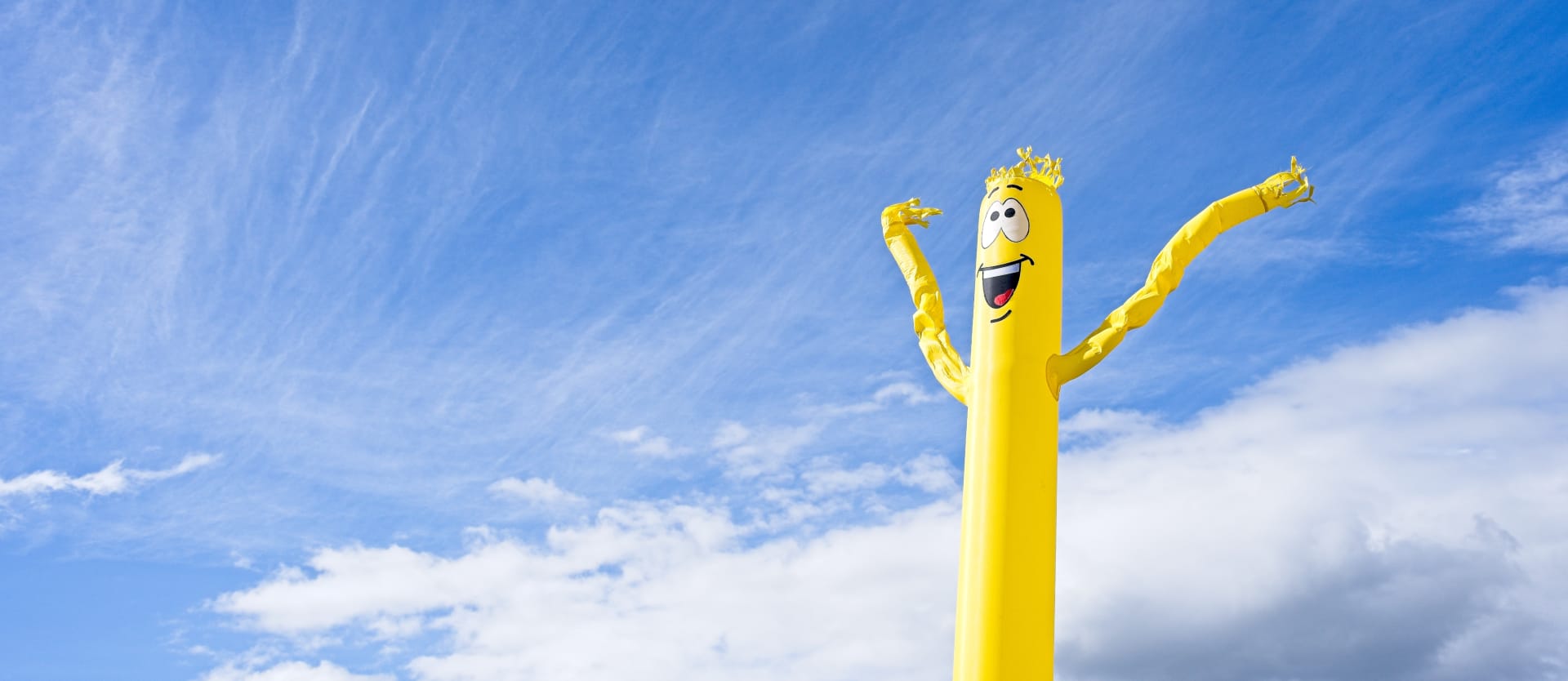What’s the secret sauce behind a hotel marketing campaign that actually works? Easy. It’s all about knowing your audience, keeping your message clear and relevant, being consistent, and showing up where your guests are (both online and offline).
Add a scoop of personalization with a call to action that’s hard to ignore – and you’re well on your way to marketing success. Let’s see how the best in the hotel business make it happen.
Hilton drives direct bookings with “Stop Clicking Around” campaign
What was the goal? Hilton wanted more travelers to book directly on their website rather than through third-party OTAs. Why? Direct bookings mean lower commission costs and more precious guest data for hotels.
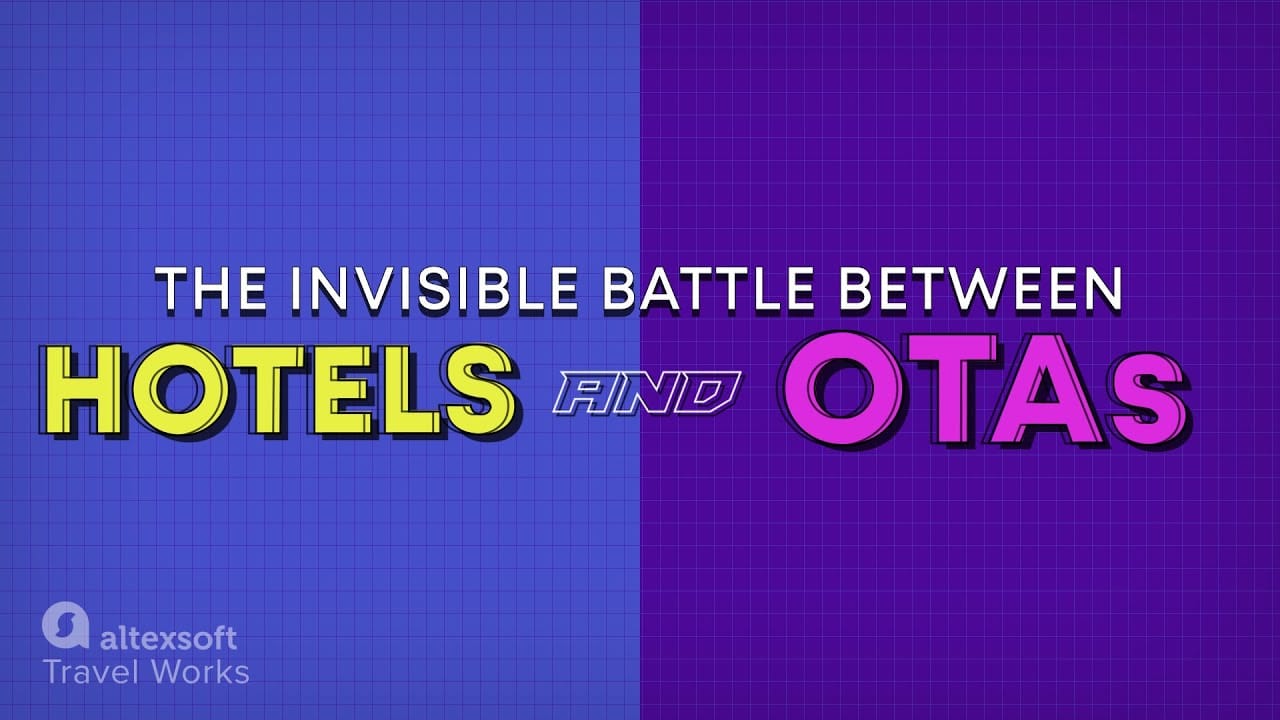

Per Expedia research, 80 percent of travelers visit OTA websites when planning a trip – it’s just so convenient to compare all your options in one place. Plus, OTAs pour a whopping 20-30 percent of their revenue into marketing, giving them a reach that most hotels can only dream of. So Hilton was definitely taking on a big challenge.
What did they do? In 2016, Hilton launched a massive “Stop Clicking Around” campaign—a bold, straightforward invitation for travelers to quit searching all over the web and head straight to the hotel website or their newly updated app.
The campaign promised Hilton Honors members the lowest price and highlighted the exclusive perks for booking direct (e.g., free Wi-Fi and digital key access). Basically, the message was simple: “Don’t waste time – the best deal is here with us.”
Our post about rate parity explains how that was possible. Hint: Hotels can offer discounts to their loyalty program members or guests who book offline or via email/ social media.
Hilton spread the word through TV commercials, digital ads, social media, and email marketing. It partnered with superstars like the Rolling Stones and held promotional offline events.
What was the result? The campaign became Hilton’s largest marketing effort ever (and reportedly the most expensive!). The brand managed to kill two birds with one stone: It addressed the pain of travelers who were tired of endless price comparisons and confusing options – and also achieved a record surge in direct bookings and a boost in Hilton Honors loyalty sign-ups.
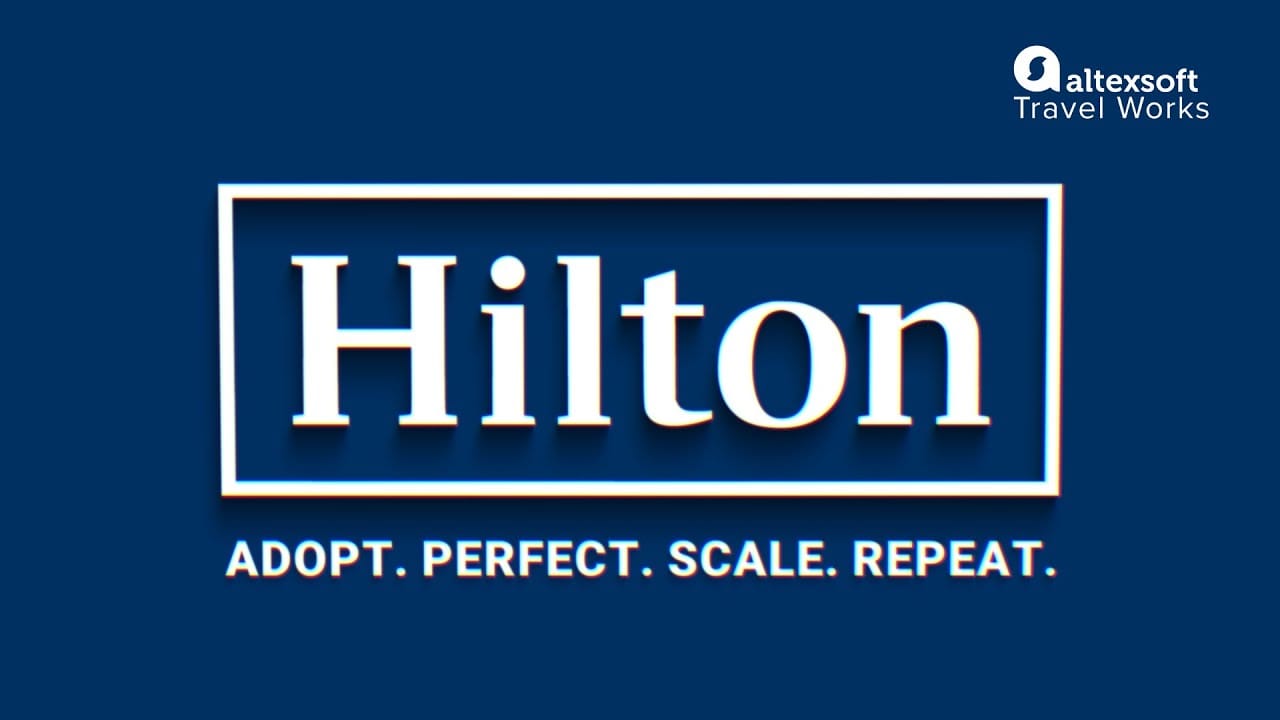

There's more to Hilton's story
Geraldine Calpin, Hilton CMO, disclosed some tangible results: “The business we receive through web direct is higher than it’s ever been and is growing faster than ever thanks to increasing share shifts. The share of web direct channels in our distribution mix is growing five times that of the OTA share of growth in the quarter, and business generated from our mobile app is up nearly 150 percent year over year, with downloads exceeding 70,000 a week, an increase of 200 percent over last year.”
Lessons learned. People appreciate transparency and clear, specific promises. Hilton guaranteed the best price and exclusive perks unavailable through OTAs. A simple, yet powerful message delivered on all channels, plus a familiar face or tune – no wonder the campaign caught everyone’s attention.
And though it’s risky, sometimes boldness pays off. Another example proving it is Renaissance Hotels’ campaign that urged guests to “Get Out” of the hotel room – to discover the destination.
Mistakes to avoid. Hoteliers must be careful about defining an optimal distribution mix. Sure, OTAs can get pricey, but putting all your eggs in the direct-booking basket might mean missing out on volume. Consider adjusting your strategy to seasonality: Use OTAs during the shoulder and off-seasons to secure a steady stream of bookings, and promote direct bookings when demand is high.
Also, be extra-careful with the wording. Just a year before Hilton’s big splash, Marriott tried something similar with their #ItPaysToBookDirect campaign. But things got a little awkward when one of the campaign videos poked fun at travel agents. The ad was about travelers talking to a "creepy gas station attendant" – allegedly representing travel advisors.
ASTA criticized the portrayal as offensive and misleading, arguing it undermined the value of travel agents. Marriott ended up pulling the ad and smoothing things over. The campaign did help boost direct bookings, but because of that controversy, it didn’t hit the high notes as Hilton’s did.
Red Roof Inn harnesses big data in “Turning Flight Cancellations Into Hotel Stays” campaign
What was the goal? With a much smaller marketing budget than the big hotel chains and OTAs dominating search results, Red Roof Inn faced a real challenge staying visible – especially as mobile search grew among travelers on the go. So the brand looked for ways to capture last-minute bookings and boost occupancy.
What did they do? Red Roof Inn estimated that 2-3 percent of US flights – hundreds in number – get canceled or delayed daily, stranding about 90,000 passengers – enough to fill up Wembley Stadium, the UK's largest!
So the company saw its opportunity to get in front of the frustrated flyers at just the right moment and fill up those hotel rooms.
In 2014, Red Roof Inn built a custom system to monitor real-time flight cancellation data and trigger targeted mobile search ads whenever flights were canceled. They used geolocation and relevant keywords to generate ads with spot-on messages like “Stranded at the airport? Red Roof Inn has a room for you tonight,” targeting travelers stuck at airports.
What was the result? The results were impressive for this nimble campaign. Over the year, Red Roof Inn expected this strategy to put them front and center for 400,000 travelers stuck due to flight problems. The brand saw a 266 percent increase in mobile bookings (for non-branded searches), conversion rates jumped 375 percent, and click-through rates nearly doubled.
Lessons learned. Red Roof Inn’s strategy won praise throughout the hospitality and marketing worlds as a perfect example of outsmarting instead of outspending. Even without a massive budget, smart digital tactics and a clear understanding of guest pain points can drive big results. This case also demonstrates the power of timing and context – people got the right offer at the right time.
One more way to use data is social listening. That’s what a recent “Hilton Saved my Stay” campaign is based on: The hotel giant kept an ear out on TikTok and Instagram, spotting travelers sharing their less-than-great Airbnb or tiny home stories. Then they turned these real-life travel fails into a fun social series showing how Hilton stepped in to save the day with better stays.
For example, one of the videos is about an awkward homeshare experience where guests find themselves sleeping right next to a snoring host. Then Hilton steps in, offering them a clean, spacious room, saving their seemingly disastrous vacay.
Mistakes to avoid. Make sure you use accurate, up-to-date flight information to avoid wasted effort. Also, mobile ads must lead to smooth, user-friendly booking experiences for travelers already stressed by cancellations.
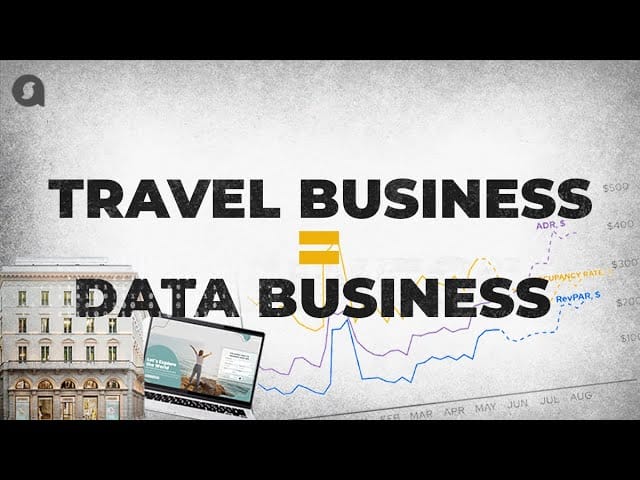

Watch and learn how important data is in travel
Starwood promotes new hotels through influencers
What was the goal? Starwood Hotels & Resorts (before the Marriott merger) wanted to generate buzz and drive bookings for two of its newest Tribute Portfolio hotels in Paris.
What did they do? Starwood teamed up with five popular travel Instagram influencers to showcase the Paris hotels. Each influencer was hosted for a stay and posted stylish content about the hotel experience – from the design and amenities to local activities – tagging the hotel and brand.
To turn all that Instagram love into bookings, Starwood partnered with a shopping tool LiketoKnow.it (now LTK). Now, when users liked a post, they received an email with a quick booking link – or could even book right through Instagram.
What was the result? The campaign gave Starwood a noticeable social media boost. Thanks to the influencers' reach, their main Instagram account grew to over 500,000 followers. While exact booking numbers weren’t shared, the Paris hotels saw more website visits and inquiries from the influencers’ home markets, showing that the campaign sparked real interest.
Lessons learned. Using trusted influencers who tell authentic stories helps build emotional connections with travelers. It’s like getting a personal recommendation instead of a sales pitch.
Collaborating with influencers usually doesn’t cost much – but it can really boost your brand recognition. Plus, influencers often do their own photo/video, saving you money on hiring pros.
Making it easy for followers to book with just one click is another piece of the campaign success puzzle.
Mistakes to avoid. The right people are key. When picking influencers, make sure their style, follower count, and engagement match your brand and target the right audience – otherwise, the magic might not happen. For example, MGM Resorts curated 50 different influencers to represent the diversity of the brand’s properties.
Also, be sure to agree on your expectations for what exactly you want an influencer to do for your brand.
Moxy Hotels delivers virtual experience with “Moxy Universe, Play Beyond” campaign
What was the goal? Moxy Hotels (part of the Marriott portfolio) with its “Play On” spirit, is a renowned hotel industry disruptor. Designed for the young at heart, the niche brand keeps challenging the conventional hotel experience by blending real life with a playful, digital twist.
Check-in at the bar. Hours of happy. Breakfast at midnight? I don’t judge. Play On #atthemoxy
Yeah, they don’t have a traditional front desk; instead, guests check in at the bar. They promote a playful, laid-back vibe through
- vibrant social spaces (it’s hard to call them lobbies),
- digital guestbooks,
- Moxy Hookups (unexpected social perks distributed to guests),
- design elements (like motion-activated LED guidelights or pop-up murals), and
- regular events and parties.
But such a reputation keeps the business on its toes, demanding to always be in line with the trends. So Moxy decided to create an immersive, interactive experience that would get guests excited to engage with the brand.
What did they do? Moxy launched Moxy Universe: Play Beyond, an augmented reality (AR) adventure available at Moxy hotels across Asia Pacific. Guests could create their own avatars, jump into AR games, and explore a vibrant Moxy-themed virtual world that mixed with the hotel’s physical spaces.
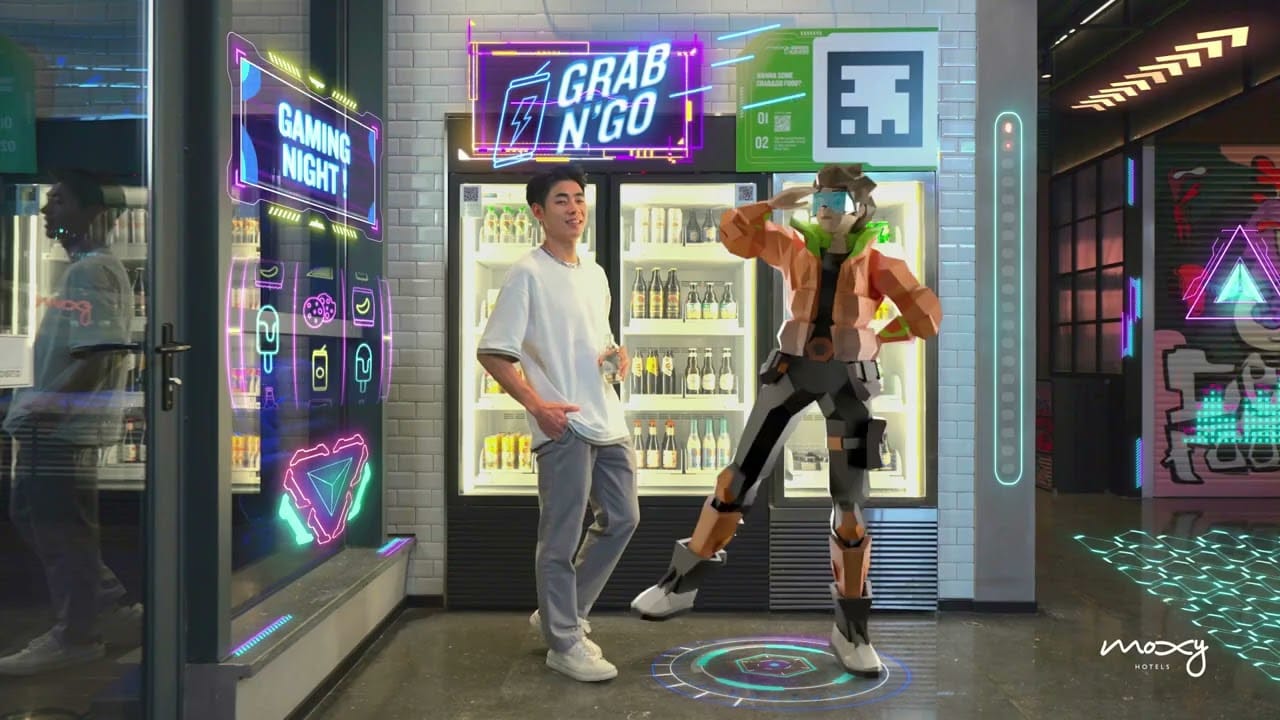

In the Moxy Universe, travelers could enjoy a “Got Moxy” cocktail at the Bar Moxy aka front desk, snap photos with holographic avatars, grab snacks at the 24/7 Grab & Go, and even work out alongside their avatar in the fitness center
What was the result? Moxy absolutely nailed it. The campaign racked up over 100 million brand impressions, sent TikTok and WeChat searches soaring (237 and 77 percent, respectively), and sparked massive engagement with nearly 900,000 interactions.
Lessons learned. Know your audience – and give them what they want. It can be a gaming vibe for Moxy’s venture travelers – or an upscale experience, like in Four Season’s “Luxury Is Our Love Language” campaign, but find your uniqueness and offer it to your guest segment.
Follow the trends to be on top of the latest innovations, hot topics, and guest expectations. Also, use the right channels to reach your crowd where they hang out (online and offline).
Mistakes to avoid. Don’t just use tech for tech’s sake. Make sure your digital experience actually adds value and ties back to your brand vibe.
Hans Brinker Hostel shows off its imperfections as “The Worst Hotel in the World”
Proudly disappointing travelers since the 1970.
What was the goal? With less than impressive marketing budget, the Amsterdam-based Hans Brinker Hostel was looking for ways to stand out in the crowded budget accommodation market.
What did they do? With the help of KesselsKramer advertising agency, the brand launched a series of unapologetically bold ads that poked fun at the typical hostel experience. Noisy dorms, bad service, no hot water, and dirty rooms got in spotlight with tongue-in-cheek honesty.
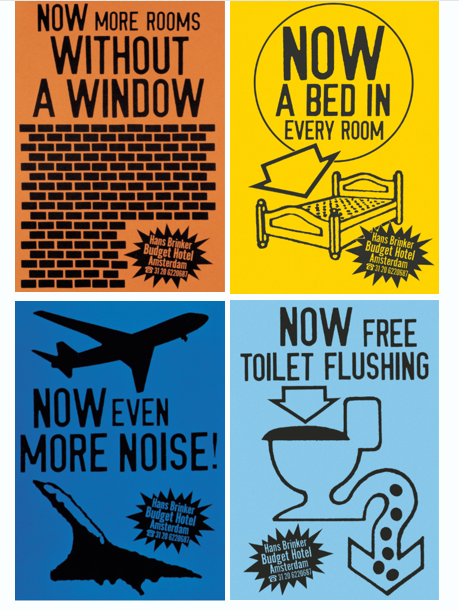
Some Hans Brinker Hostel’s ads. Source: KesselsKramer
Their marketing embraced self-deprecating humor and brutally honest descriptions, both online and offline, including posters, social media, and website content.
What was the result? The campaign grabbed attention worldwide as one of the iconic examples of what's known as honest marketing. And it resonated with young, risk-loving travelers who appreciated the transparency and humor.
While it wasn’t about glamour, Hans Brinker boosted brand awareness and carved out a unique identity that differentiates it from more polished competitors.
Lessons learned. Sometimes being brutally honest and having a bit of fun can attract exactly the right crowd, especially given the current trend of experiential/adventure travel. Authenticity and humor help build trust and create memorable connections.
As the hostel says: “We're loud, we’re real, and we’re still here—proof that honesty, humor, and a little chaos can go a long way.”
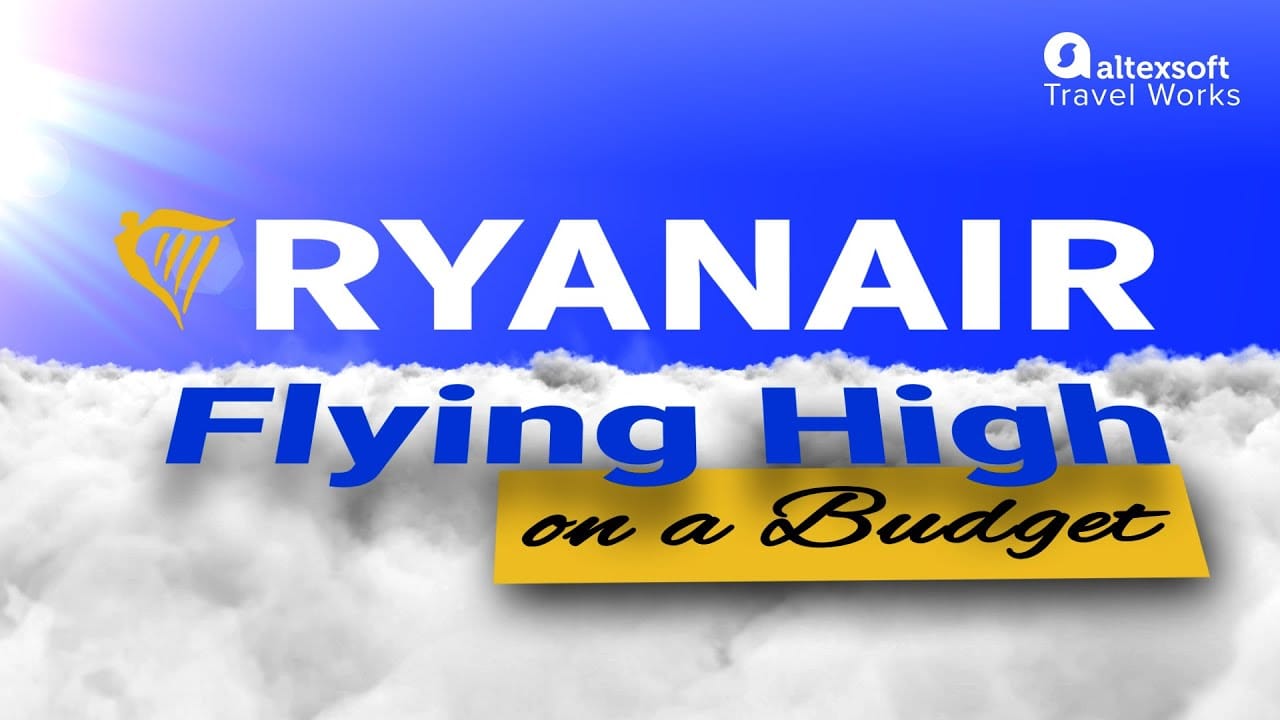

Mistakes to avoid. This style isn’t for everyone—if your brand values are more traditional or upscale, a cheeky, irreverent tone will backfire. Know your audience and be confident in your voice before going bold – and don't overdo it.
Kimpton communicates its values with “Stay Human” campaign
What was the goal? Through a global survey of 4,000 people, Kimpton Hotels & Restaurants (part of IHG Hotels & Resorts portfolio) revealed a strong demand for more authentic, inclusive, and diverse travel content on social media.
Around 85 percent of respondents want travel brands to showcase a wider range of travelers and creators, while 76 percent said they’d prefer realistic depictions over polished “social media-worthy” posts.
So Kimpton wanted to communicate its brand values and highlight kindness, inclusivity, and authentic experiences.
What did they do? In response to guest feedback, the brand published a list of commitments “that pledge to show more diverse and inclusive creators and experiences in its brand-level social media and marketing content.”
Essentially, they launched "Stay Human," a campaign full of heartfelt stories, diverse voices, and genuine moments shared across social media, videos, and on-property experiences.
Kimpton brought together a group of influencers called the Stay Human Creator Collective, who showcased real, relatable travel stories that felt less like ads and more like personal recommendations.
What was the result? The campaign struck a chord, especially with socially conscious travelers looking for authenticity. It generated billions of media impressions, sparked lively engagement on social platforms, and boosted brand loyalty. Guests felt seen and connected, which helped Kimpton stand out in a crowded market.
Lessons learned. People crave authenticity, so sharing honest stories and diverse perspectives can build trust and foster loyalty in a way traditional ads can’t.
Today’s travelers seek more than just comfort and location – they want brands that align with their values and contribute to society. Knowing this trend, many hotels put effort into communicating their focus on sustainability and inclusivity. Some examples are
- “Travel with Purpose” by Hilton,
- “World of Care” by Hyatt,
- “Serve 360” by Marriott,
- “Lead with Care” by Four Seasons, etc.
Mistakes to avoid. Don’t fake it. Forced or insincere messaging is a quick turnoff. Make sure your campaign truly reflects your brand’s values and the experiences you deliver.
And remember it’s a highly sensitive topic, so show utmost respect. Remember about the scandal around Holiday Inn’s Super Bowl ad featuring a transgender woman, which sparked backlash for seeming tone-deaf despite good intentions. When dealing with social topics, it’s crucial to be both genuine and considerate.
How AI agents change hotel marketing
As technology evolves, experts are increasingly betting that AI agents will handle all sorts of tasks—including booking travel. So what does that mean for hotel marketing teams? The game is likely to be shifting away from flashy ads and clever slogans toward speed, convenience, and unbeatable deals.
Hotels now work on their own AI agents that will be able to interact directly with travelers’ personal AI assistants. These smart tools are plugged into the hotel’s systems and know everything—from room options to local hotspots and events. They’re designed to tailor offers for returning guests and negotiate the best deals for newcomers, creating a truly personalized experience that beats competition.
This future is just around the corner. But for now, travelers still mostly judge hotels based on the marketing they see in public.
Summing up our overview, great marketing campaigns showcase your brand’s values, highlight your services, and promise unforgettable experiences – but the same can be said for campaigns that miss the mark.
It’s not that marketers set out to fail; every campaign is backed by a strategy. Sometimes, though, even the best plans just don’t hit the right note. So listen carefully to what your guests say and how they react to your campaigns – and be ready to adjust promptly.
P.S. If you’re not sure about what to say to your guests, just remember that hospitality is about making them feel welcome.
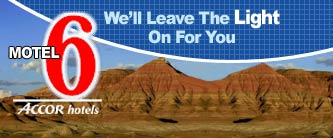
Get inspired by this iconic Motel6 slogan from 1980s. Source: Baer Performance Marketing

Maria is a curious researcher, passionate about discovering how technologies change the world. She started her career in logistics but has dedicated the last five years to exploring travel tech, large travel businesses, and product management best practices.
Want to write an article for our blog? Read our requirements and guidelines to become a contributor.
